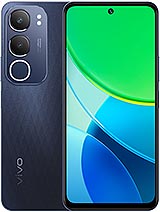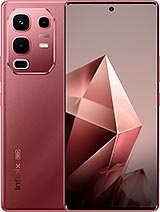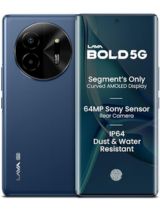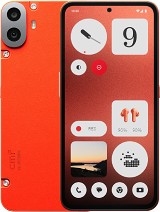Infinix Note 50x alternatives
Tap above to see alternatives.
Redmi Note 14 alternatives
Tap above to see alternatives.
Infinix Note 50x
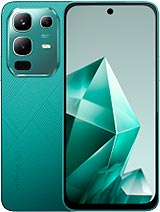
Infinix Note 50x
-
Dimensity 7300
4 nm
-
5500 mAh
45W
-
6.67"
720 x 1600 pixels
-
50 MP
4K@30fps
Redmi Note 14
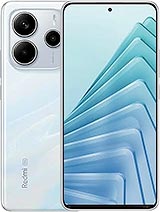
Redmi Note 14
-
Dimensity 7025
6 nm
-
5110 mAh
45W
-
6.67"
1080 x 2400 pixels
-
50 MP
1080p@30fps
4x2.5 GHz Cortex-A78
4x2.0 GHz Cortex-A55
2x2.5 GHz Cortex-A78
6x2.0 GHz Cortex-A55
8GB 128GB (UFS 2.2)
8GB 256GB (UFS 2.2)
f/1.6, (wide), PDAF
f/1.5, 26mm (wide), 1/1.95", 0.8µm, PDAF, OIS
8 MP
f/2.2, 21mm (ultrawide)
2 MP
f/2.4, (macro)
1080p@30/120/240fps
f/2.0, (wide)
f/2.2, (wide), 1/4.0", 0.7µm
1080p@30fps
SIM1: Nano, SIM2: Nano (Hybrid)
SIM1: Nano, SIM2: Nano
FDD: N1, N3, N5, N7, N8, N12, N20, N28, N66
TDD: N38, N40, N41, N71, N77, N78
FDD: N1, N3, N5, N8, N28
TDD: N40, N78
FDD: N1, N3, N5, N7, N8, N20, N28, N66
TDD: N38, N40, N41, N71, N77, N78
FDD: N1, N3, N5, N8, N28
TDD: N40, N78
In this comparison, the Infinix Note 50x with the Mediatek Dimensity 7300 (4nm) performs better than the Redmi Note 14 with the Mediatek Dimensity 7025 (6nm), thanks to its more efficient chipset.
They offer the same OS update support. When it comes to security updates, Redmi Note 14 leads with 4 years of support.
Redmi Note 14 has a superior AMOLED display, while Infinix Note 50x uses an LCD panel. They have the same 120 Hz refresh rate. Redmi Note 14 also has a brighter display with 2100 nits, improving outdoor visibility. Notably, Redmi Note 14 has a higher resolution display, resulting in sharper visuals.
Infinix Note 50x has a larger 5500 mAh battery for longer usage. They support 45W wired charging.
Both phones have the same IP64 rating for water and dust resistance.


